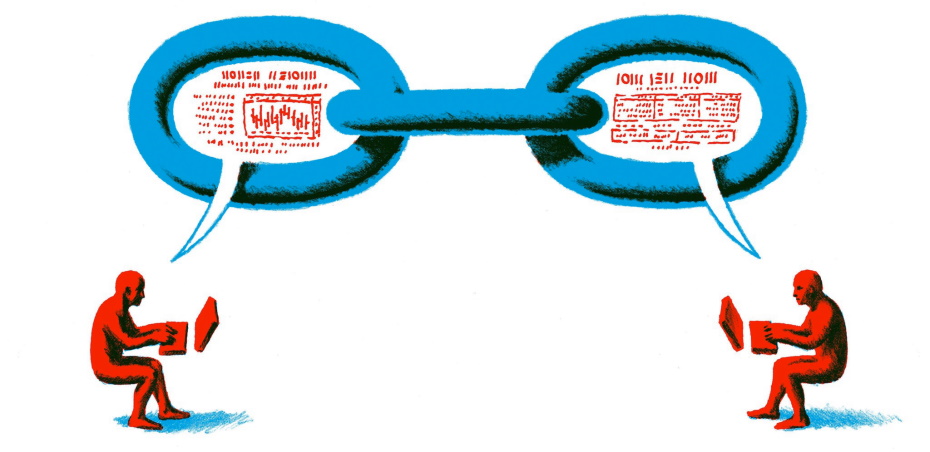How Does a Transaction Get Into the Blockchain?

Blockchain is a decentralized record that is distributed among computer network nodes. A blockchain acts as a diary, storing data in a graphical format. Blockchains are well known for their critical role in keeping a safe and decentralized record of payments in cryptocurrency systems like Bitcoin. The blockchain’s novelty ensures the authenticity and confidentiality of a data repository while also generating trust without the requirement for a trusted intermediary.
Transactions Are Verified In Blockchain
A transfer must be verified and validated before it can be entered into the system. There are several essential procedures that a transfer must go through prior it can be added to the chain. Today, we’ll look at crucial crypto verification, evidence of work authorization, mining’s significance, and the relatively later usage of proof of work procedures in the subsequent public blockchain.

Blockchain Technologies Are Revolutionary
Blockchain technology is projected to get a substantial economic effect comparable to the Internet over the last few decades. Because blockchain technology underpins Bitcoin and other cryptocurrencies, it can be predicted to underpin even more powerful means of trade in the future. Digital currencies, on the other hand, are only the first application of blockchain technologies.
Interconnected Networks in Distinct Way
A blockchain is created by executing software and connecting multiple nodes. A blockchain is a collection of blockchains that work together to form a single global entity. Consider a network of interconnected computers inside a protected office that is interconnected to one another but not to the World Wide Web. A blockchain works similarly: it can have many connected nodes while remaining wholly separate and distinct from other blockchains. Organizations and banks can create organizational blockchains according to their characteristics for various organizational goals.

Blockchains Technology of Transactions
Blockchain’s usefulness as a decentralized tracking system is practically limitless despite its intricacy. Distributed ledger technology may have benefits beyond those listed above, ranging from increased user confidentiality and protection to reduced processing charges and fewer mistakes. With numerous real-world applications already deployed and researched, blockchain is gradually establishing a name for it at the year of 27, in no fewer parts to digital money and cryptos. Blockchain, which has become a catchphrase on the lips of every entrepreneur in the country, promises to make corporate and municipal processes more precise, efficient, safe, and cost-effective by eliminating intermediaries.
